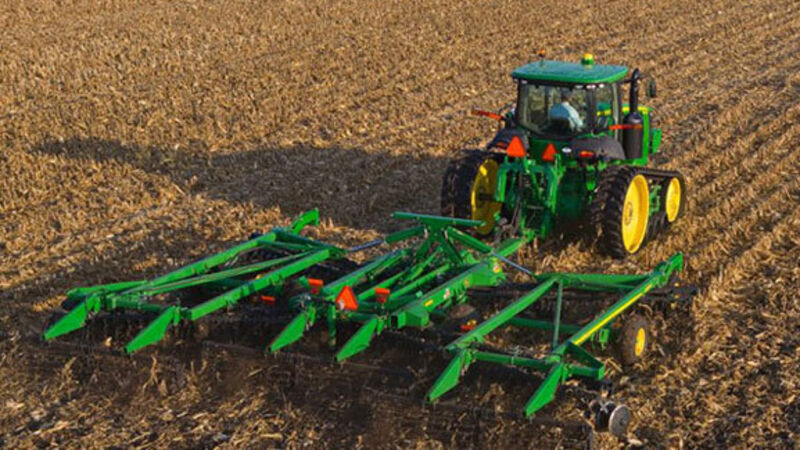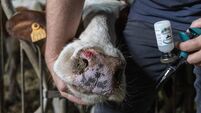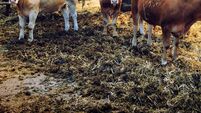Urea can be used all the season to help soil fertility on grassland farms

Some of the key points that were raised include:
* 65 to 70% of dairy and drystock grassland soils are below the optimum soil pH of 6.3 for grass production.
* Soil testing is the starting point for good fertiliser planning, an essential requirement to maximise grass production annually.
* Maintaining soil pH close to the optimum 6.3 for grassland mineral soils will ensure the availability of soil P for plant growth and development.
* Sulphur-containing fertilisers should be applied routinely to all grass silage swards in spring, to prevent yield losses worth up to €100 pee hectare per cut.
* Urea is less expensive, and a viable nitrogen source for grassland. It produced similar yields to CAN when applied throughout the year, particularly at low rates. Farmers could consider having urea on hand throughout the growing season, and applying it shortly before rainfall, in order to minimise the ammonia loss risk.
* The slurry hydrometer is an effective tool to measure the nutrient content of liquid manures, and to determine its fertiliser value.
* Grass-clover swards increased grass dry matter production levels by 2.9t/ha compared with grass only, regardless of the nitrogen fertiliser application rate.
* On average, 1,000 gallons of pig slurry is equal to one 50kg bag of 19:7:20 (N:P:K).
* There is significant nutrient lock-up, especially on soils with high clay content and low soil pH levels.
* Correcting soil pH, based on lime advice as per the test soil report, will increase the availability of soil P.
* Taking soil samples and having a fertiliser plan drawn up by a Teagasc adviser or an agricultural consultant will establish the soil fertility status of your farm, while controlling fertiliser costs, by pinpointing fields that have a deficit or surplus of P and K. Any fertiliser plan should take into account all organic fertilisers (slurry, farmyard manure etc) available.
Soil testing is the first step in fertiliser planning. Now, in the window before any slurry, farmyard manure or chemical fertiliser is spread, is the ideal period to take soil samples.
Ideally, samples should be taken by a professional agriculturist, or someone trained to take soil samples.
For good soil test results, ensure the following when soil sampling:
* Soil sample every 2-4 hectares (no individual sample should be for more than 8 ha)
* Take samples to the correct soil sampling depth (10 cm).
* Take at least 20 representative soil cores per sample.
* Leave three to six months between sampling and the last application of P and K from either chemical or organic fertiliser.
* Leave two years between sampling and any lime applications.
* Include the herd number and LPIS parcel details for each individual sample, when sending it for analysis.










